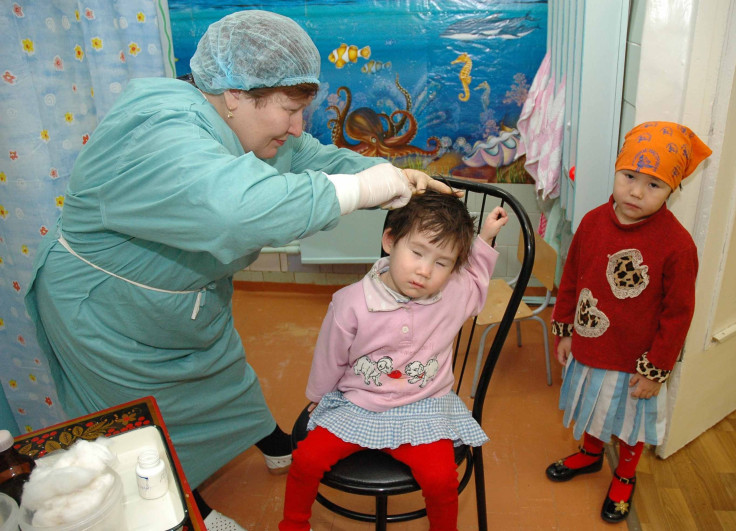Mutant Lice Grow Immune To Common Treatment In Majority Of US States

An increasingly high number of parents will now face a problem getting rid of the lice off their child's head. According to the scientists, the head lice have evolved or “mutated” to become resistant to the common over-the-counter head lice treatment, and cannot be killed that easily anymore.
In a recent research, a team of scientists from the Southern Illinois University has claimed that the head lice in nearly 25 states in the United States, including Texas, California and Florida, have become immune to the treatment commonly prescribed by the doctors and the schools. With the children returning to the schools soon, parents are worried about the infestation of the itch-producing pests.
"We are the first group to collect lice samples from a large number of populations across the United States,” said Kyong Yoon of the university, in an interview with the Telegraph. "What we found was that 104 out of the 109 lice populations we tested had high levels of gene mutations, which have been linked to resistance to pyrethroids."
Pyrethroids are a type of an insecticide used to control mosquitoes and insects. This family of insecticide constitutes permethrin, which is a chemical ingredient used in the anti-lice medication and treatment.
During the study, the researchers found that the genetic mutation affected the nervous system of the lice. The change, in turn, has desensitized the lice against the common treatments. Some of the traditional methods used against the lice include the use of the specially designed lice comb and application of anti-lice lotions and sprays.
The primary school-aged children are most commonly infested with lice through head-to-head transfer. The lice suck and feed on the blood from the scalp of the person, resulting in itchiness and inflammation.
The study findings are scheduled to be presented at the 250th National Meeting and Exposition of the American Chemical Society.
© Copyright IBTimes 2025. All rights reserved.




















